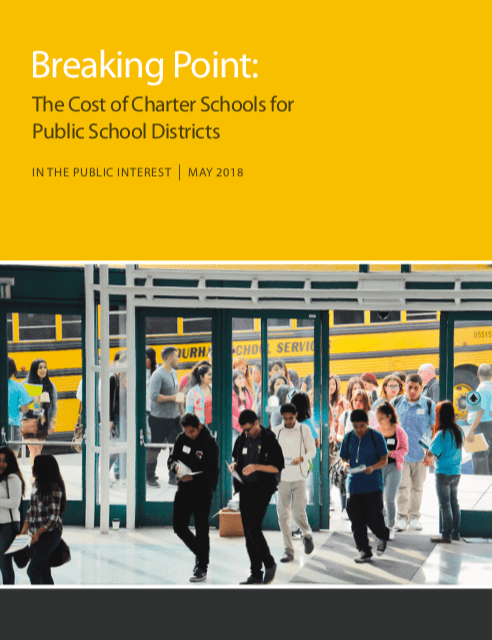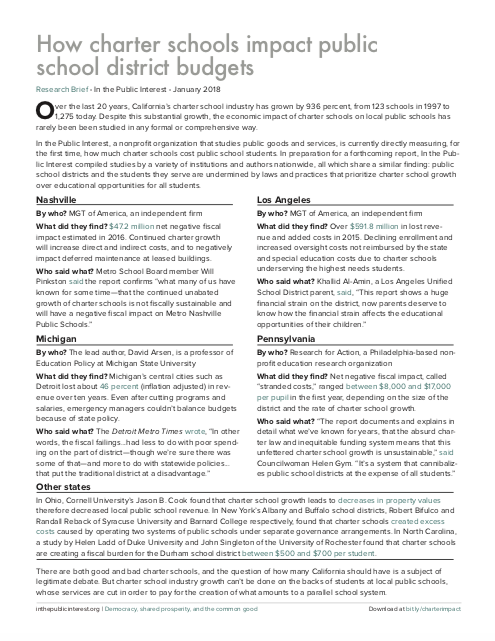The Sanders Education Plan: Five Good Ideas, One Bad Idea, And A Missed Opportunity
Bernie Sanders has raised the bar for Presidential candidates by offering a hefty set of planks for an education platform. His Thurgood Marshall Plan for Public Education is the first substantive attempt to address education policy in a Presidential campaign we’ve seen in decades.
In the 2016 campaign, education was supposed to be an issue that Jeb Bush would ride to the White House, but instead conservative opposition to Common Core took the wind out of those sails. Democrats stuck to safe issues— more pre-school, cheaper college. Sanders has gone beyond that with ten broad goals backed up by a long list of specifics. Among those, we can find five really good ideas, one not-so-great idea, and one missed opportunity.
The Good
Tripling Title I. Title I funds are designated for schools with a high population of disadvantaged students. There is room for debate about some of the specifics of the title, but it is a good means of moving federal money out to schools that are underfunded and students who are underserved. Increasing the funding has the advantage of not requiring new agencies or mechanisms to gets support out there. Sanders has this listed both under his item for more equitable funding for schools and his goal of fighting segregation, and that makes sense because part of the problem of segregation is the segregation of resources.
Clamping down on charter schools. The big headlines for Sanders came from his pledge to ban for-profit charter schools, but that’s a nothing-burger. Hillary Clinton tried this angle in 2016, CONTINUE READING: The Sanders Education Plan: Five Good Ideas, One Bad Idea, And A Missed Opportunity























